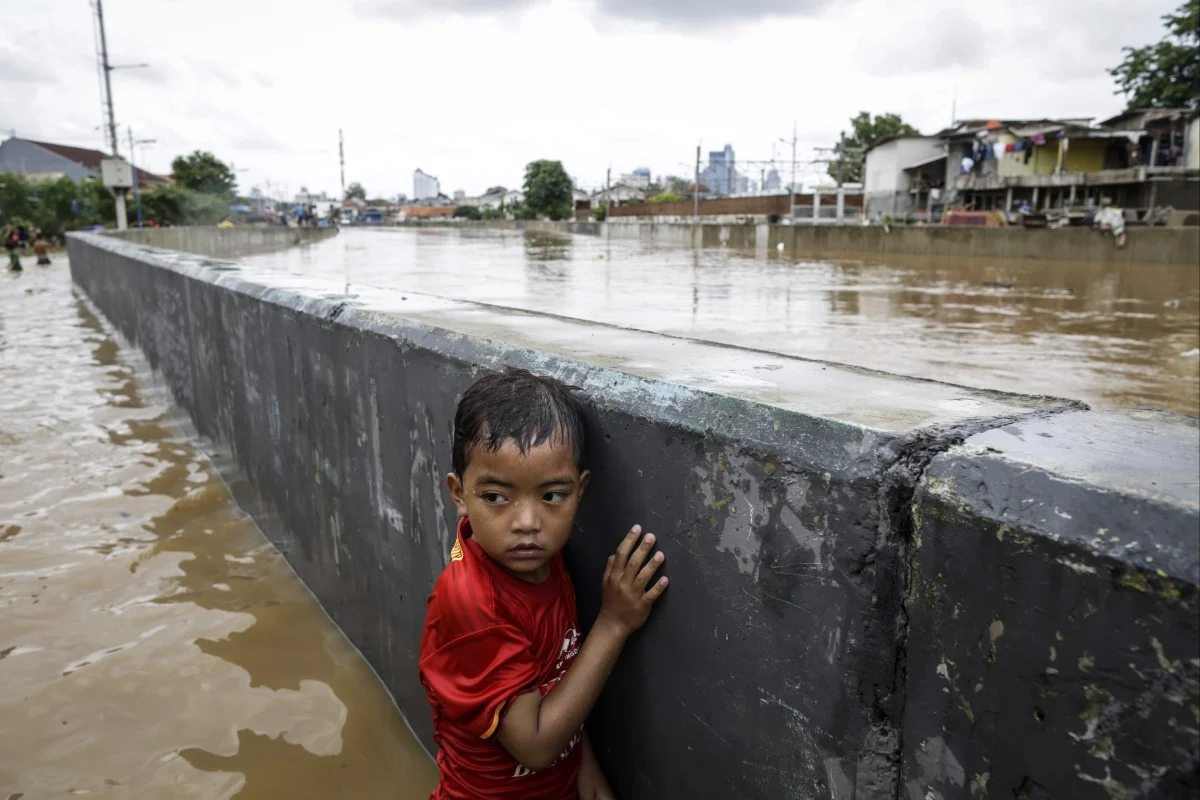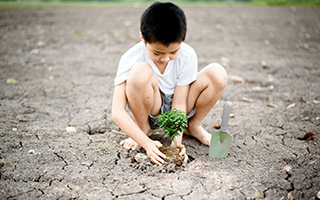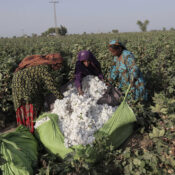
Climate Change and Children’s Health: Understanding the Risks and Protecting their Well-being
Introduction:
Climate change is one of the greatest challenges of our time, with far-reaching effects on various aspects of our lives, including the health of the most vulnerable population: children. As temperatures continue to rise, extreme weather events become more frequent, and air pollution worsens, children are particularly at risk. This essay aims to explore the risks climate change poses to children’s health and discuss strategies for protecting their well-being.
Body:
- Impact on Physical Health:
One of the most immediate and tangible impacts of climate change on children’s health is through its effects on physical well-being.
a. Rising Temperatures and Heatwaves:
- With increasing temperatures, heat-related illnesses such as heatstroke and dehydration become more common, particularly among children who are more susceptible.
- Children with pre-existing cardiovascular conditions are at a higher risk of complications and even death during heatwaves.
b. Extreme Weather Events:
- Climate change leads to more frequent and intense hurricanes, floods, and wildfires, which pose direct physical threats to children.
- These events can result in injuries, displacement, exposure to contaminated water, and the spread of infectious diseases.
c. Air Pollution:
- As temperatures rise, air pollution is exacerbated, leading to a higher prevalence of respiratory diseases such as asthma and allergies among children.
- Prolonged exposure to air pollution can also have long-term effects on lung development and function.
- Impact on Mental Health:
Apart from physical health, climate change also has significant implications for children’s mental well-being.
a. Natural Disasters and Displacement:
- Children who experience natural disasters, such as hurricanes or floods, often suffer psychological trauma. This can lead to anxiety, depression, and post-traumatic stress disorder.
- Displacement from homes and communities can disrupt children’s sense of stability and security, exacerbating mental health issues.
b. Uncertainty and Ecological Grief:
- Growing up in a world facing an uncertain climate future can lead to feelings of fear and distress among children.
- Witnessing species loss and environmental degradation can also result in ecological grief, contributing to mental health problems.
- Impact on Nutrition:
Climate change has the potential to impact food systems and nutrition, further compromising children’s health.
a. Changes in Agricultural Productivity:
- Droughts, floods, and extreme temperatures negatively affect crop yields and nutritional quality, leading to food insecurity and malnutrition among children.
- The resulting increased prices of food can also make it difficult for families to provide adequate nutrition for their children.

b. Disruption of Food Systems:
- Climate change can disrupt food supply chains, particularly in vulnerable communities, limiting access to nutritious food for children.
- In the face of limited options, children may resort to consuming processed and unhealthy food, further impacting their nutrition and overall health.
- Impact on Infectious Diseases:
Climate change influences the spread and prevalence of infectious diseases, posing additional risks to children’s health.
a. Vector-borne Diseases:
- Warmer climates allow disease-carrying vectors such as mosquitoes to expand their range, leading to an increased transmission of diseases like malaria, dengue fever, and Zika virus.
- Children are particularly vulnerable to these diseases due to their developing immune systems.
b. Waterborne Diseases:
- Flooding and storms contaminate water sources, increasing the prevalence of waterborne diseases.
- Children are at a higher risk of diarrheal diseases and infections caused by unsafe water, further compromising their health.
- Strategies for Protecting Children’s Well-being:
Efforts must be made at various levels to protect children’s health in the face of climate change.
a. Mitigation Measures:
- Reducing greenhouse gas emissions through sustainable practices can help limit the severity of climate change impacts on children’s health.
- Promoting the use of renewable energy sources and sustainable transportation can significantly contribute to mitigating climate change.

b. Adaptation Measures:
- Enhancing healthcare systems and infrastructure is crucial in preparing for increased health challenges related to climate change.
- Developing heatwave preparedness plans, early warning systems, and disaster management strategies can help protect children during extreme weather events.
c. Education and Awareness:
- Incorporating climate change and health education into school curricula can help children understand the risks they face and empower them to take action.
- Ensuring children have access to accurate information and resources can foster resilience and adaptive capacities.
d. Prioritizing Vulnerable Populations:
- Policies and interventions should prioritize vulnerable populations, including low-income communities and marginalized groups, in addressing climate change impacts on children’s health.
- Strengthening social support systems and improving healthcare access in these communities is essential for protecting children’s well-being.
Conclusion:
Climate change poses substantial risks to children’s health, affecting their physical, mental, and nutritional well-being, as well as increasing their vulnerability to infectious diseases. Immediate action is needed to mitigate climate change impacts and implement adaptation strategies to safeguard children’s health. By prioritizing vulnerable populations, increasing education and awareness, and enhancing healthcare systems, we can protect children’s well-being in the face of climate change, ensuring a healthier and sustainable future for them.
All Categories
- Agricultural Methods
- Agriculture and Women Small Farmers Rights Awareness
- Climate Change
- Disable and Human Rights
- Disable Jobs
- Donation
- Education
- Health Issues
- Organic Foods
- Organic Vegetables
- Orphans Children
- Plastic production and disposal
- Services
- Sinking in Scarcity
- Success Stories
- Uncategorized
- Waste Management
- Women Rights
- Youth Empowerment




